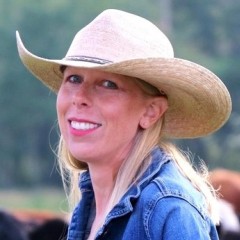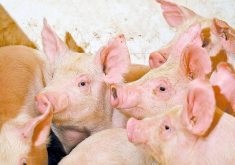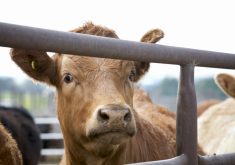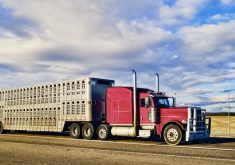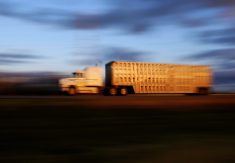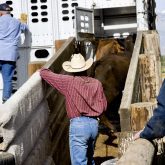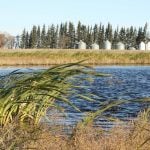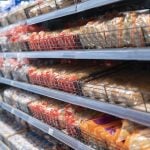What is shrink? And how is it calculated?
“Actual shrink can be made up of two components,” said Sheldon Wilcox, manager at Direct Livestock Marketing in Edmonton. “One is gut fill (sometimes called excretory shrink) — which is the feed and water the animal consumes. The second one is tissue shrink.”
When gut fill shrink is excessive — whether from handling or transportation — tissue shrink will begin.
Read Also
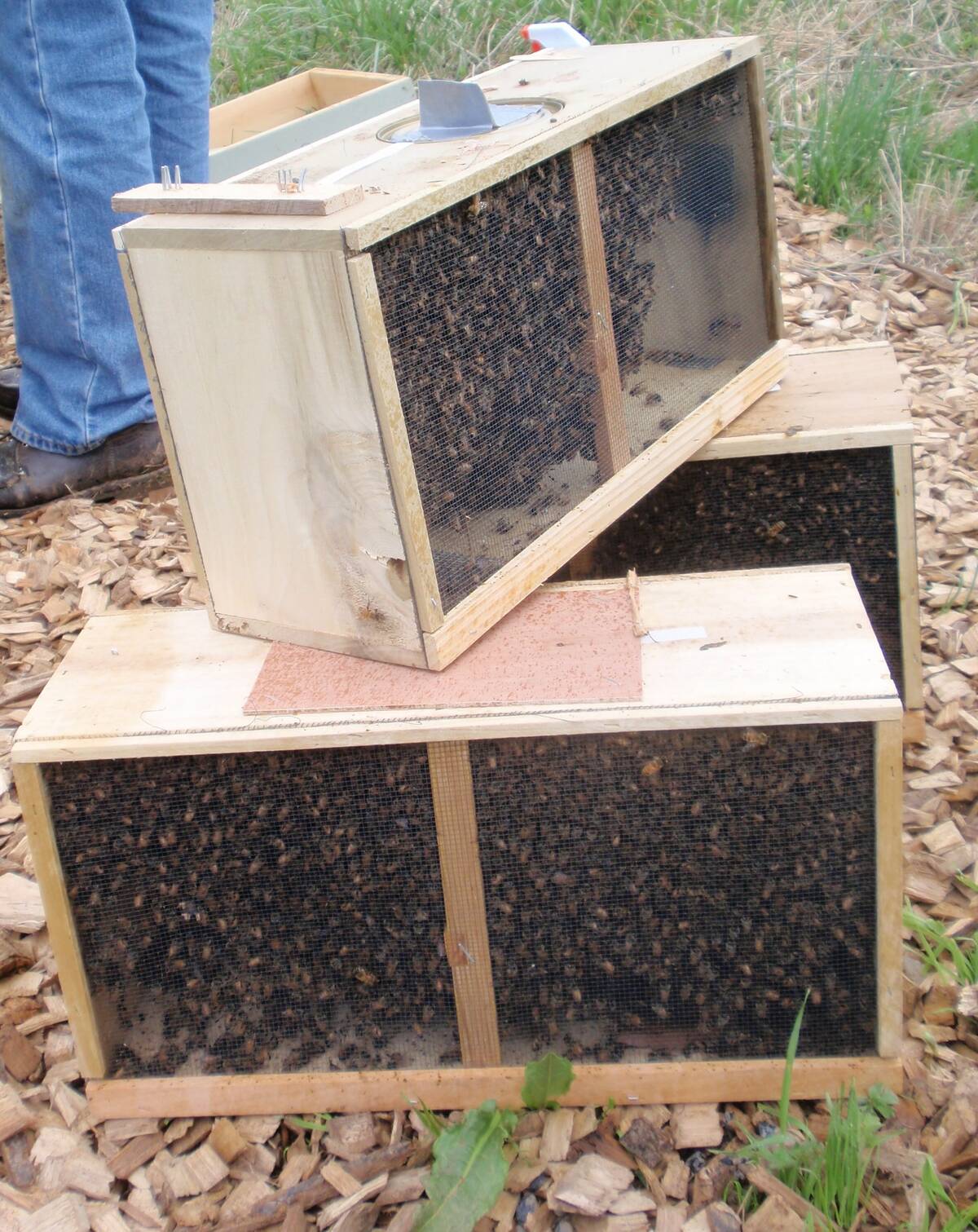
Canadian beekeepers call for regulatory accountability
Beekeepers say the Canadian Food Inspection Agency should restore U.S. packaged bee shipments, claiming the agency isn’t following evidence.
“Tissue shrink is not something that recovers as soon as the animal takes a drink of water or begins to eat — it is a non-recoverable shrink,” said Wilcox.
There is also “pencil shrink” — which uses a formula buyers use to calculate a net weight.
“It might be zero per cent, it might be four or even as high as five per cent,” said Wilcox.
For example, a cull cow that is bought on offer at $90/cwt with a two per cent shrink will net the seller $88.20/cwt.
But pencil shrink isn’t meant to ding producers, he said.
“All that pencil shrink is used for is to arrive at consistent weighing conditions,” he said. “If you weigh cattle at 4 p.m. versus weighing them at 8 a.m. there’s going to be a huge difference. The idea behind a pencil shrink is trying to get back to an average or mean weighing condition for everybody’s cattle.”
If pencil shrink wasn’t used, you could have cattle weighed after a five-kilometre haul fetching a lower price than cattle weighed after a 500-kilometre haul.
“With pencil shrink you are evening out the prices and reflecting on that animal’s body condition. We don’t want to pay for hay and water.”
But that doesn’t mean buyers want cattle that are hungry or thirsty, he added.
“That’s the misconception. Everyone thinks a cattle buyer wants to buy cattle that are grossly empty. No, that animal is compromised and stressed, and I’m worried about the health of that animal.”

